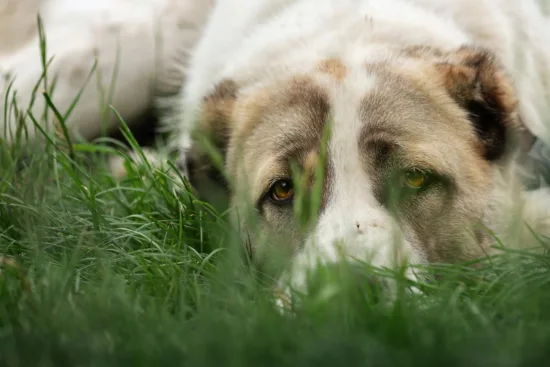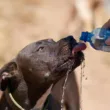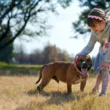There are many ways to teach a dog not to bite, but the most common and effective methods are Redirection, Physical punishment, and Rewarding your puppy for not biting. Regardless of whether your dog is young or old, there is a method that works for every dog. The following methods have all been proven to be effective:
Redirection method
The Redirection method is a very effective tool for teaching a dog not to bite. It is a simple training technique that works by preventing a dog from pursuing an object that he or she already knows is unacceptable. This method is effective because it shows a dog an acceptable alternative to chewing. The trick is to be consistent, because the dog may become confused if he or she keeps repeating the same behavior over.
Rewarding a puppy for not biting
Rewarding a puppy for not bitting is an easy way to make it stop, but if it bites, you must be consistent in your response. You must not give attention to your puppy, and the best way to do that is by not playing with it. If your puppy is biting you, place it in a crate, or separate room, and use timeout techniques. Rewarding a puppy for not biting can also help you train it to self-soothe.
Reducing the force of a puppy’s mouthing
Inhibiting a puppy’s biting is a crucial life lesson. Puppies should never be allowed to mouth anyone, especially children. Uninhibited biting can cause significant injury. However, some dog owners do advocate pain and force to control this behavior. You can also try some of these tips. Listed below are some simple ways to reduce a puppy’s biting.
Physical punishment
Using physical punishment to teach a dog not to bite is an effective way to curb unwanted behavior. This method works best if the punishment coincides with the behavior and is unpleasant enough to discourage repetition. As with any training technique, however, use caution and always make sure the punishment stops the behavior immediately. It is important to use positive reinforcement in conjunction with physical punishment to ensure that the behavior does not become a habit.
Positive reinforcement
When you want to train your dog not to bite, one of the best ways to do so is to use positive reinforcement. This type of training relies on adding a reward (such as a treat or toy) to your dog’s behavior every time he or she does a good deed. By rewarding your dog whenever they do something right, you’ll be able to encourage the behavior and increase its frequency.
Similar Posts:






